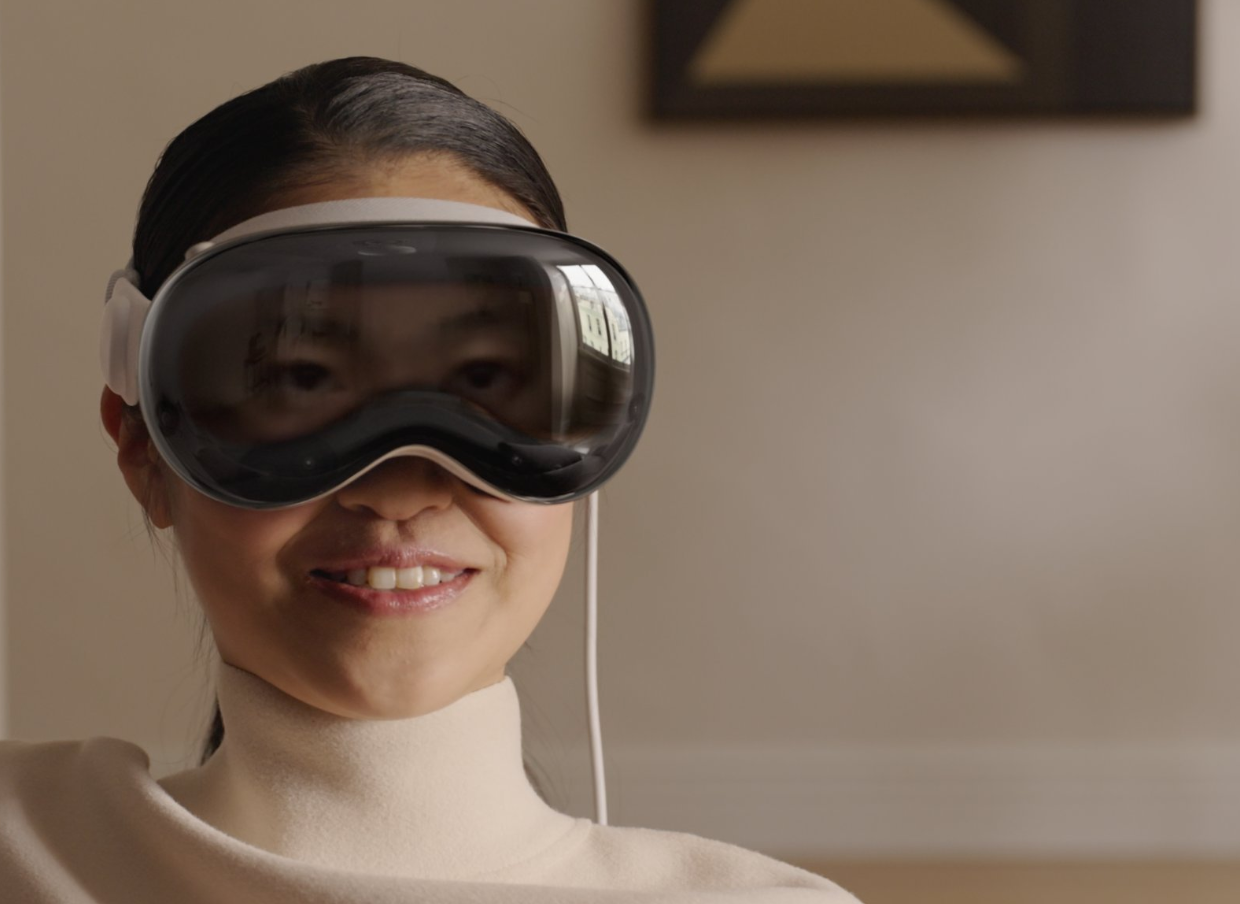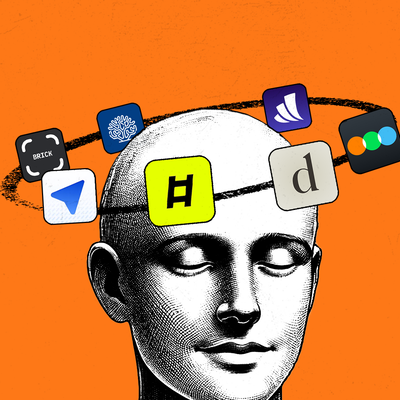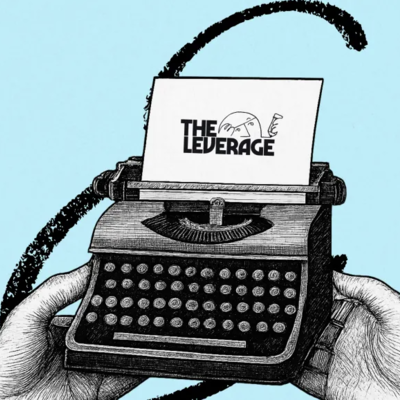
Sponsored By: Brilliant
This Sunday Digest is brought to you by Brilliant, the easiest, most effective way to level up on core concepts in math, data analysis, computer science, and more.
Behold, the most dangerous words I have ever published: My wife is wrong on this one.
I already know she will hate Apple’s Vision Pro headset, primarily driven by the fact that it looks stupid. It is, of course, a deeply silly device. Strapping $3,500 of silicon directly over your eye sockets is frankly ridiculous. My wife will certainly mock me, and I assume she will make a joke about me appearing to be a horsefly.
Despite never having a desire to buy a VR device before in my life, something about yesterday’s launch gave me the undeniable urge to subsidize Tim Cook’s $90M salary. I’ll be lining up outside the Apple Store and buying one of these over-engineered ski goggles on launch day. And I will wear it happily. That is a contradiction worth examining.
Everyone in tech wants to change the world—and hopefully get rich doing it. Most of the time this doesn't even come close to true. The statistically likely outcome of being a tech employee is that you either don’t have a 401K after 10 years of work (me), or you end up with a $5M net worth, doing a dull, soul-sucking job in B2B SaaS (sadly, not me). The number of technologies that truly reshape our world are so small. Still, that promise of changing the world with deployed science is why you should work in tech.
But at last, after a decade of software-driven stagnation, we suddenly have an abundance of riches and I feel hopeful again. GPT-4 is a marvel that is actively reshaping knowledge work. MRNA vaccines saved the lives of hundreds of millions of people. Fusion is looking newly possible. And here comes Apple with a brand-new computing platform. In some ways, it isn’t surprising at all that I want this device. This is the company that invented personal computing, that revolutionized the smartphone. I’m willing to give “spatial computing,” Apple’s term for VR/AR, a real chance.
I'm also reflecting on how much everyone mocked how Airpods looked when they came out. Among my friends, there were lots of jokes about putting a “toothbrush in your ear.” They did look dumb at first, but they functioned so well compared with other Bluetooth headphones that they ended up changing norms. If it's possible to make wearable VR trendy, Apple will be the one to do it. Despite that, many writers/journalists have rushed in with takes decrying Vision Pro as an expensive, evil device. My sense is that many of these negative takes, done by people who have never built a tech company, are mostly driven by getting those sweet outrage eyeballs versus legitimately thoughtful opinions.
To make the Vision Pro possible, it took an incredible amount of R&D spend, in the tens of billions. It has two Apple chips, including one designed just for this device. It has “displays the size of a postage stamp that deliver more pixels than a 4K TV to each eye.” It can measure pupil dilation and use that to tell when you are clicking on something. It has cameras out the wazoo. It has LiDar. It has infrared. It has retinal scanning. It has six microphones. This is a serious, impressive work of engineering. All of this comes together to be the world’s most advanced VR device ever. The initial use cases will be similar to a computer—productivity apps, entertainment, and communication.
Still, all the science in the world does not a product make.
The Only Subscription
You Need to
Stay at the
Edge of AI
The essential toolkit for those shaping the future
"This might be the best value you
can get from an AI subscription."
- Jay S.
Join 100,000+ leaders, builders, and innovators

Email address
Already have an account? Sign in
What is included in a subscription?
Daily insights from AI pioneers + early access to powerful AI tools










Comments
Don't have an account? Sign up!
You can store your Vision Pro in the closet next to that Osborne 1. https://vintagecomputer.com/osborne-1.html